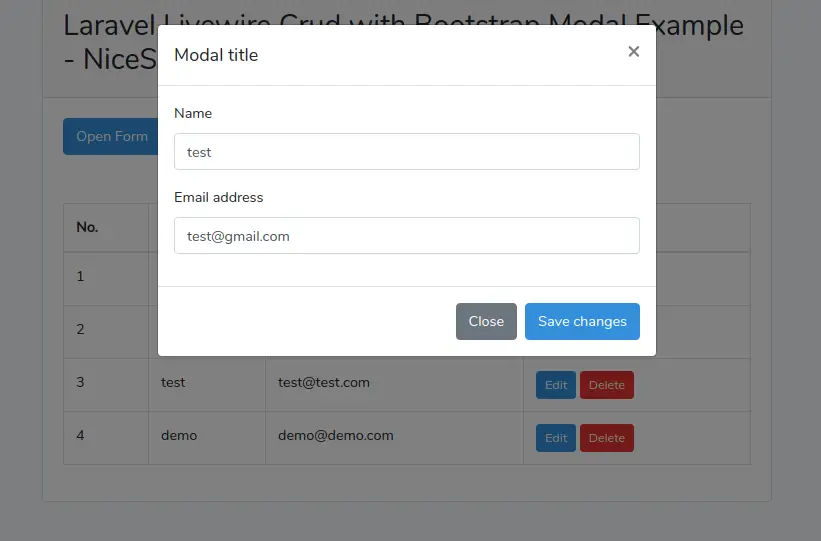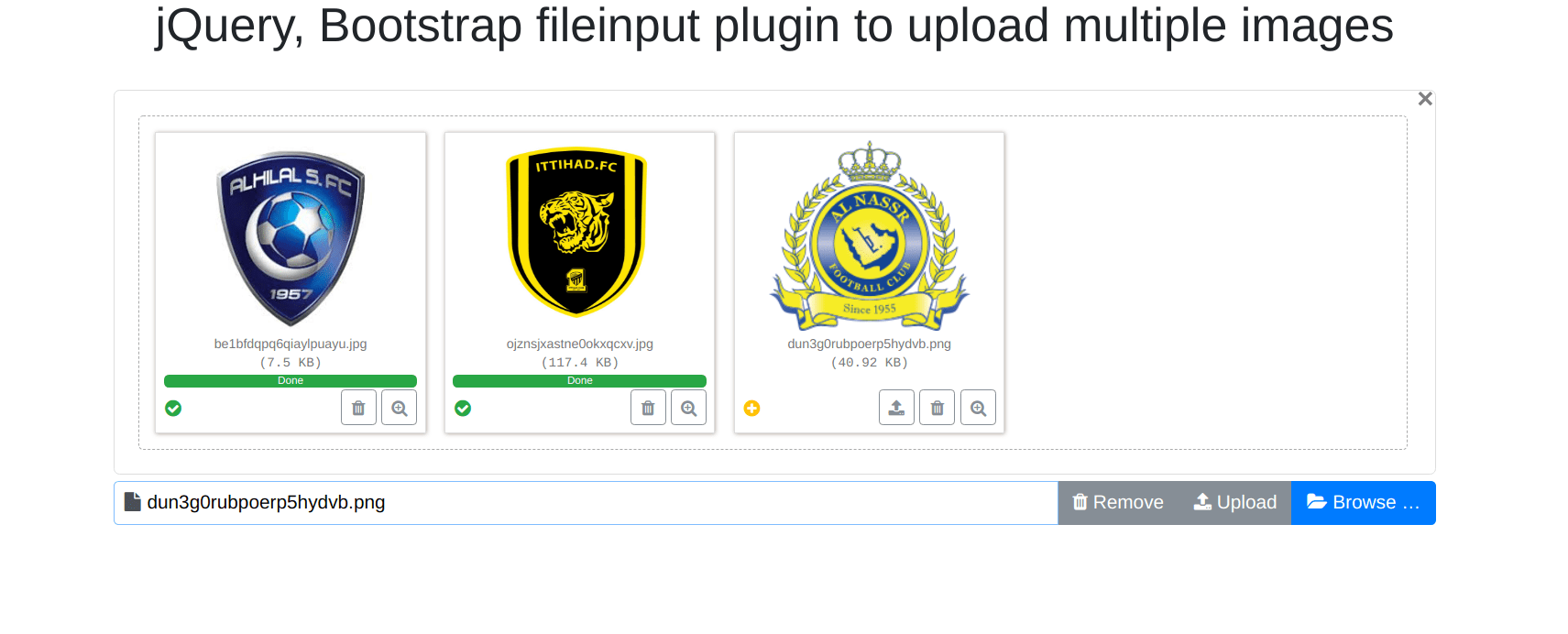
This stores the file in the storage \app\profile folder. For our case, we could use: $request->file('photo')->store('profile') The uploaded file can be stored via $request→file()→store(). Laravel Request class, Illuminate\Http\Request provides support for file handling out of the box. For simplicity, we will be storing the image file in the application. Laravel comes with support for storing files on these locations. There are several places where files can be stored in an application: they could be stored in an s3 bucket, google drive, or even in your application server. We will create a new function to handle this functionality. This can be done by adding the following to the array of rules 'dimensions:min_width=100,min_height=200'. It should be noted that the file size here is in kilobytes This rule can be added as max:500 or min:500 as required.
#Laravel file upload example password
This is what the password field is compared with. In the frontend, we added a field for password_confirmation. The password field needs to be confirmed. The name field should be a required field, and a string, hence the validation rules. protected function validator(array $data) Modify the validator method in RegisterController.php to validate all our fields.
#Laravel file upload example update
So let’s update it to reflect what we actually want. The validator method in the Register Controller is tasked with the responsibility of validating the fields. Laravel ships with a RegisterController which can be found at app\Http\Controllers\Auth\RegisterController.php. Our backend should be able to handle the validation, storing and redirecting/authentication the user. Next, we need to write the controller to handle the upload. We do this by adding the enctype attribute to the form element, and setting it’s value to multipart/form-data.

We need to tell the form that it will need to send another type of form data to the backend, in this case binary data. While the form looks set to send images to the backend, it can not do that yet. The field that is particularly important to us here is the file input field

We’ve made all the fields required here so the user won’t be able to submit the form without filling all the fields. We are using bootstrap for styling, hence the need to add it to the top section of the page. Add the following to the newly created file. We will need to create an authentication system which will allow the user to register and login into the application.Ĭreate a new file in resources/views called.

Once that is done, we can proceed to build the frontend of the profile form. Add photo to the $fillable so it can be autofilled by laravel when creating and updating a user. Update the User model to reflect the addition of the photo field. Then run the migrations by running the following command: php artisan migrate env file to include the correct database details. Here, we are have modified the default laravel migration for the users table to include a field photo which will store the URL to the users photograph. $table->timestamp('email_verified_at')->nullable() Modify that file to look like this: bigIncrements('id') We will need to create a users table which will store user details.Laravel ships with a migration for the users table which can be found at database\migrations\2014_10_12_000000_create_users_table.php. Navigate to where you’ll find your app showing the default Laravel landing page.

Serve the app by running the following: cd profile-form


 0 kommentar(er)
0 kommentar(er)
